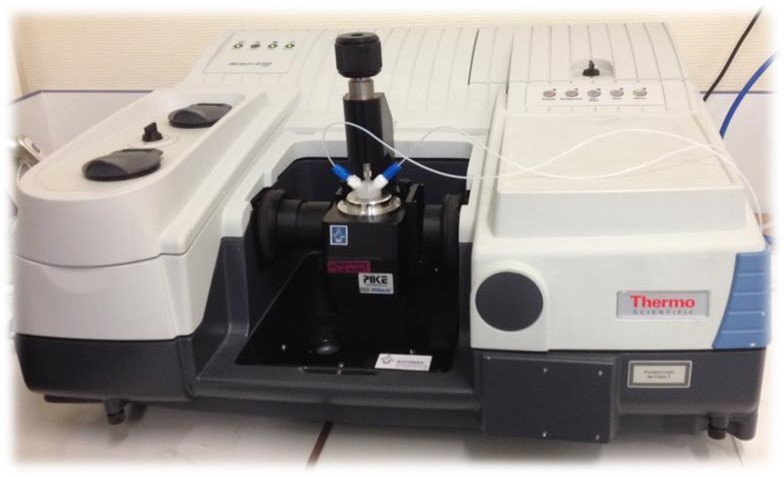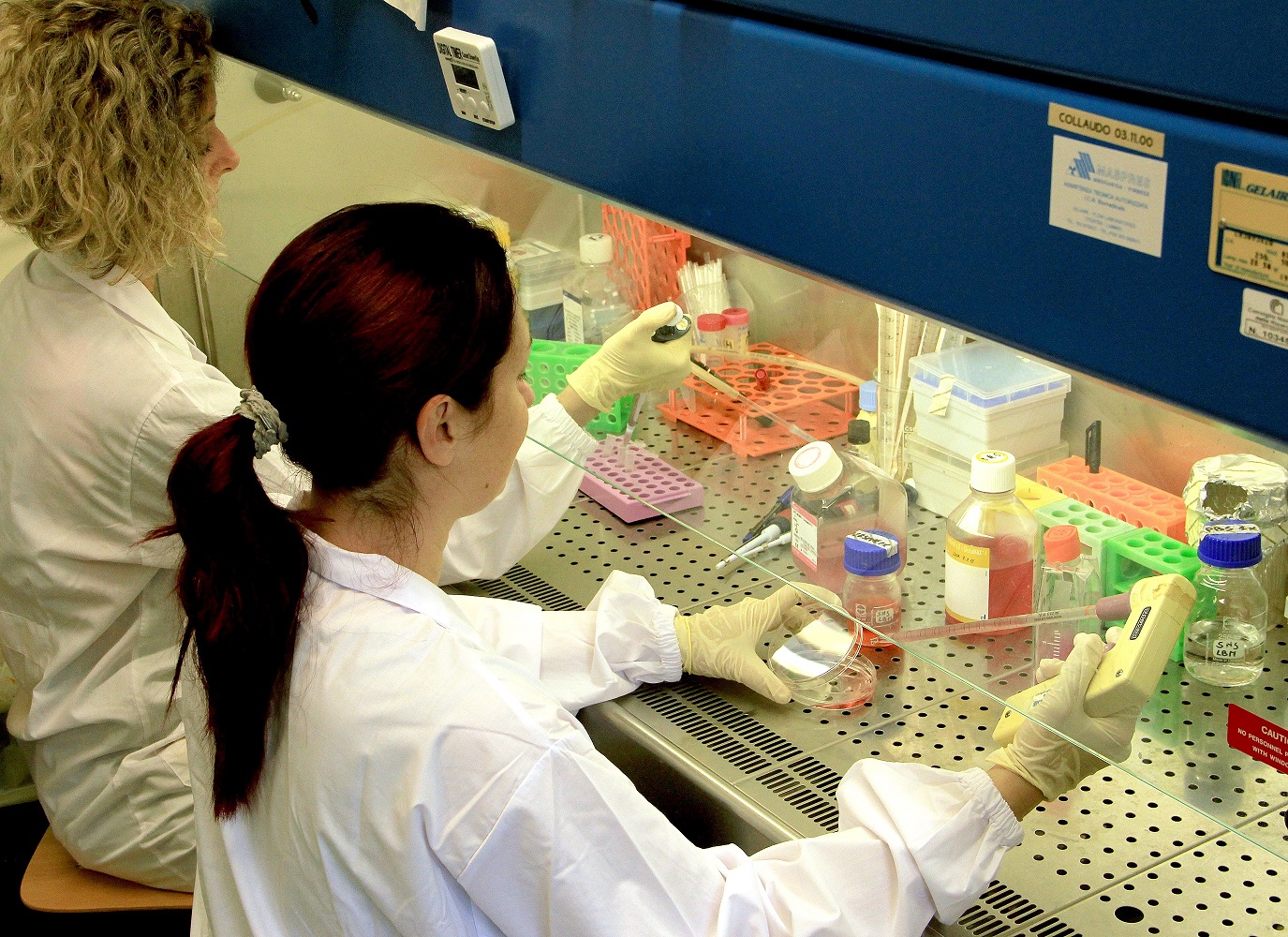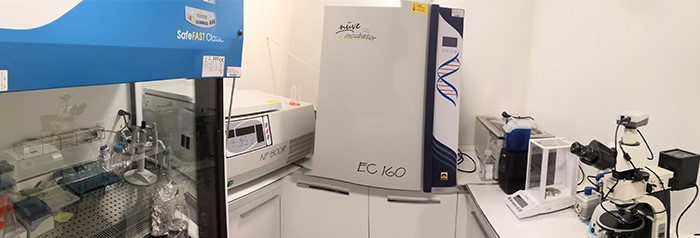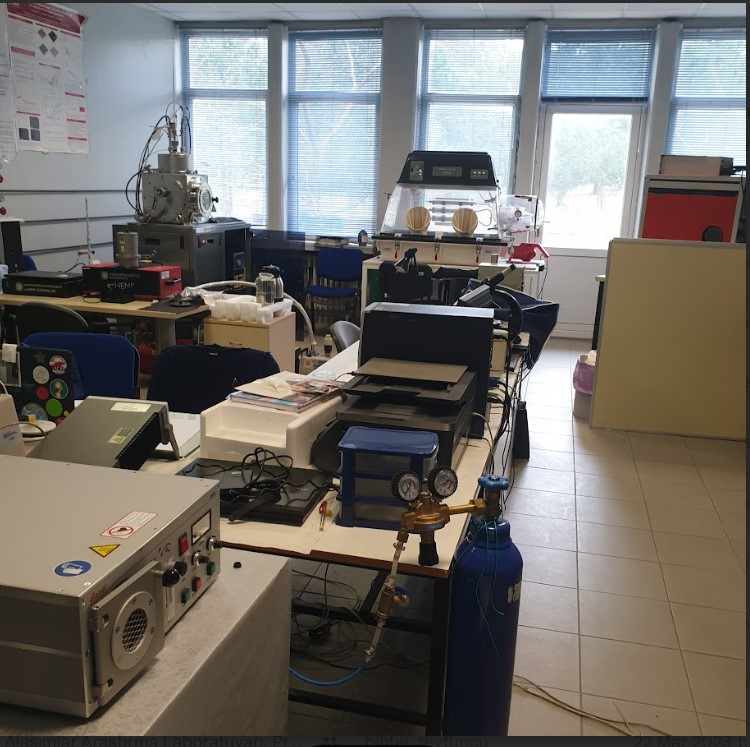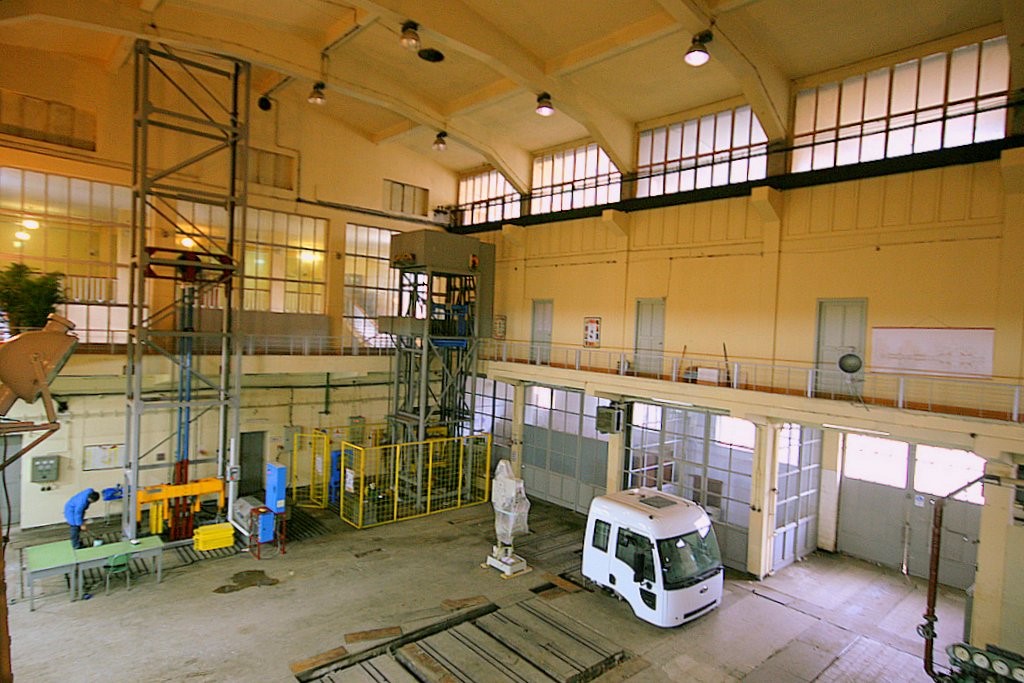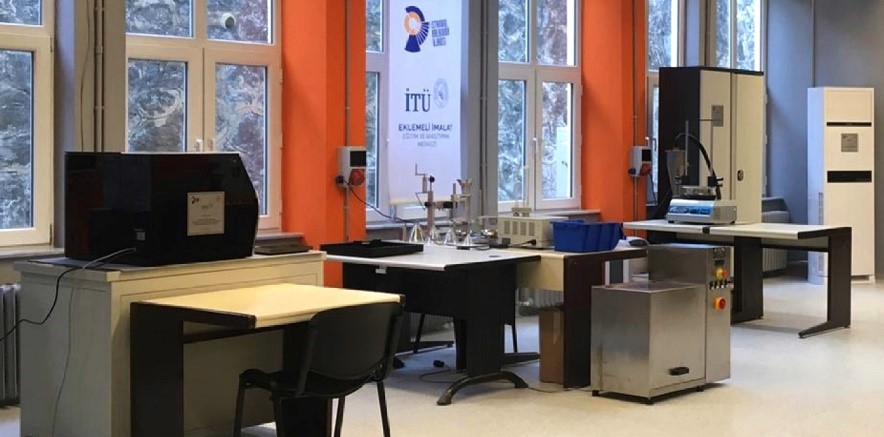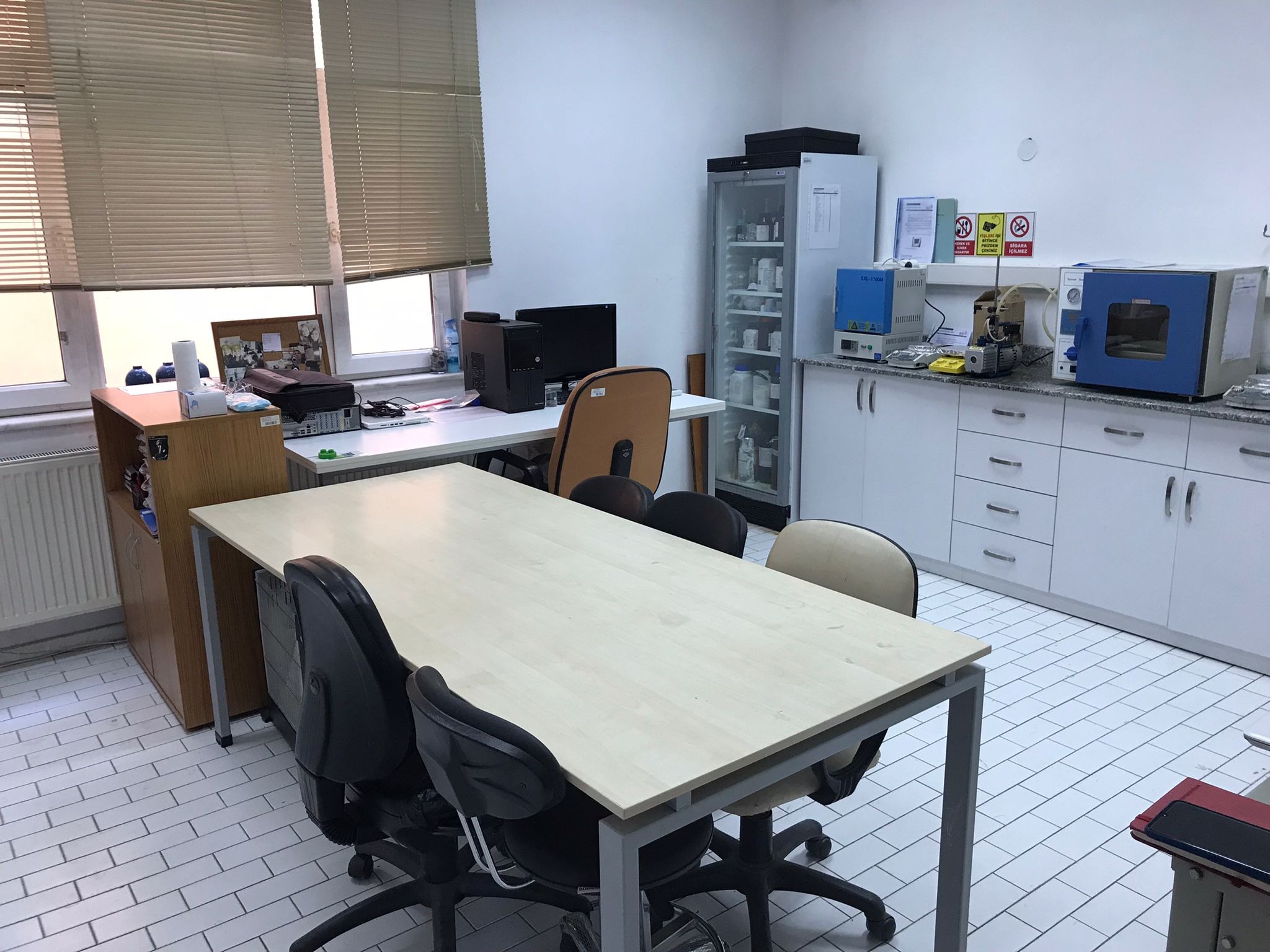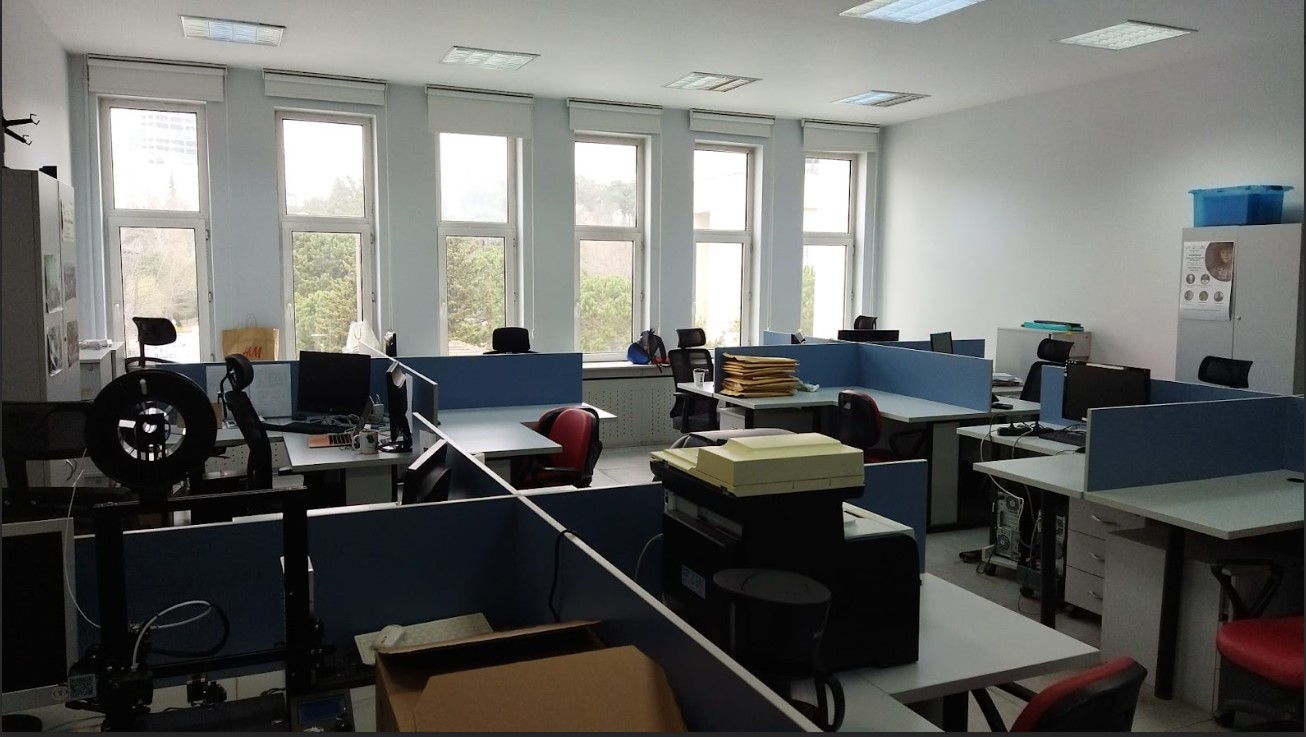Mid-Infrared spectrometer with circulation cell.
INFRA_TEACH_RESEAR Archives
Laboratorio Bio@SNS
Our Lab is able to develop recombinant antibodies against post-traslational modificated targets by means of the patented methodology PISA
MEMS Research Center
(MEMS and NEMS). The size of the laboratory is about 250 m2, including 150 m2 service area, and the clean room is class 1000. We are able to perform sub-micron pattern formation and wet/dry etching on Si wafer. The size of MEMS clean room is 100 m2 and its classification is class 1000. The ambient
Thin film research laboratory
Our group has a vast set of equipment: electricla conductivity measuring, spectroscopy
Elevator technologies laboratory
Elevator Technologies Laboratory was established in 2003 at the ITU Faculty of Mechanical Engineering, in the 382 numbered space, with the support of both the university and the elevator industry, in order to respond to the needs of the elevator and its sub-industry and to carry out undergraduate and postgraduate academic studies. The working areas
Additive Manufacturing Education and Research Laboratory
Additive Manufacturing Research Center (EKAM) project is financially supported within the scope of Istanbul Development Agency’s 2018 Innovative and Creative Istanbul Financial Support Program (Contract NO: TR10 / 18 / YMP / 0005). The project manager is ITU Faculty of Mechanical Engineering. Within the scope of the project, it is planned to establish a laboratory
2 labs:1Battery lab and 2. Aluminum Alloys and Technology lab
Battery lab: Producing anode and cathode materials, 2032 cell making, electrochemical tests (galvonastatic, Cv, IES) Aluminum alloys and technology lab: producing alloys and foams.
Natural Language Processing Lab
Istanbul Technical University Natural Language Processing Group is one of the oldest and biggest groups in Turkey dedicated on Turkish Natural Language Processing and its applications. The group has been established since 2000 and currently linked to the Language Technologies and Social Robotics Lab. of the ITU Faculty of Computer and Informatics Engineering. The group
Multimedia Signal Processing and Pattern Recognition Research Group
Monitoring modern technologies and technology development in multimodal signal processing and pattern recognition at ITU.
